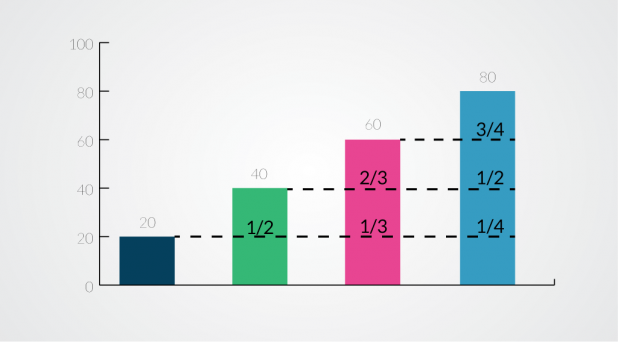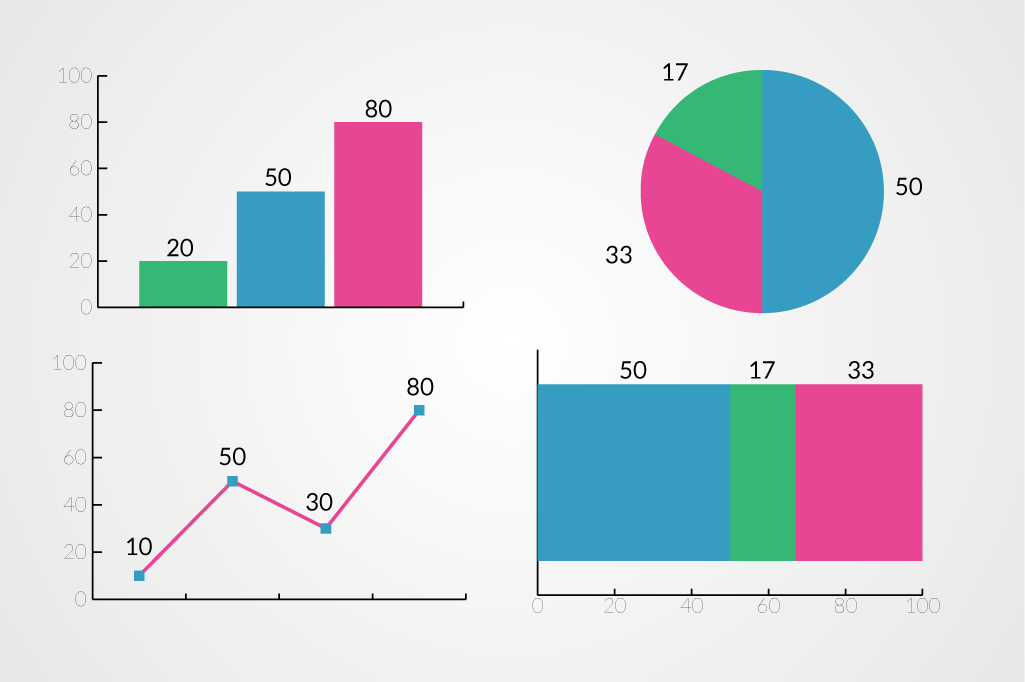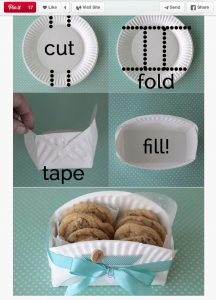It is difficult to tell if many visualizations have been created correctly. Without looking up original sources and essentially re-creating the visualization yourself, it is often impossible to know if the visualization accurately shows data, or the relationships that were in the original data. This makes the trust relationship between visualizer and viewer extremely important, and as we all know, one mistake loses trust, and it’s a long battle to regain that reputation. 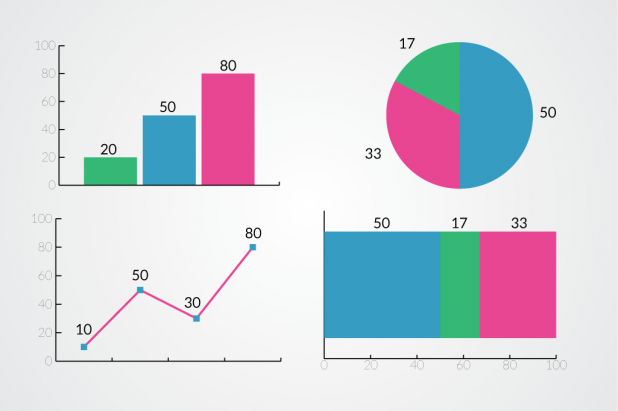
Pie Charts
Pie charts are the easiest visualizations to check for internal consistency. The reason they are easy to check is because they contain an overarching rule – they must have a part to whole relationship. This means that pie charts that show percentages have to add up to 100%. If they add up to less or more, it means there is something wrong. 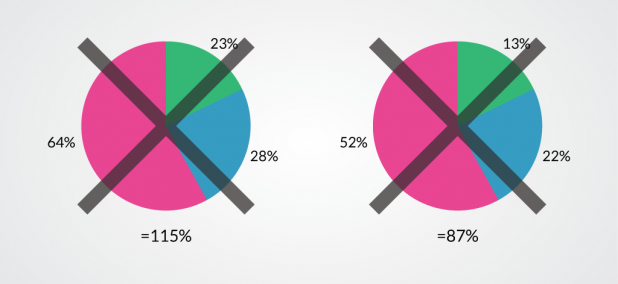
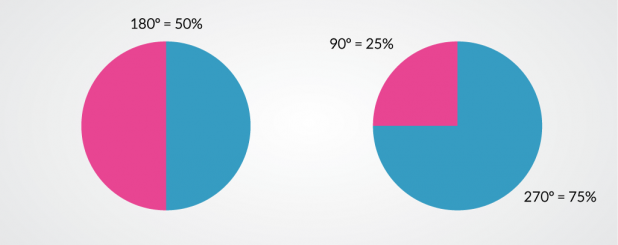
Stacked Charts
Percentage based stacked bar charts and area charts that have a part to whole relationship are the next easiest to check. These charts need to stack up to 100% just like a pie chart, and just like a pie chart the 25%, 50% and 75% thresholds are pretty easy to spot too. 50% is the easiest – it should be half the height of the chart. The others are pretty simple too, just 1/4 and 3/4 of the height. On these charts, thirds also become pretty easy to see, making 33% and 67% easily checkable. 
Bar, Line, and Area Charts
Standard bar charts, line charts, and area charts are also checkable, even if there is no part to whole relationship The strategy changes a little for these charts though. Instead of checking the bars, line, or area segments against the overall chart, check them against their neighbors to ensure they are proportional. The easiest segments to check are ones with a simple fractional relationship – 1/2, 1/3, 2/3, 1/4, 3/4. If the labels say that one bar should be half the height of the other, see if it looks like it is. 